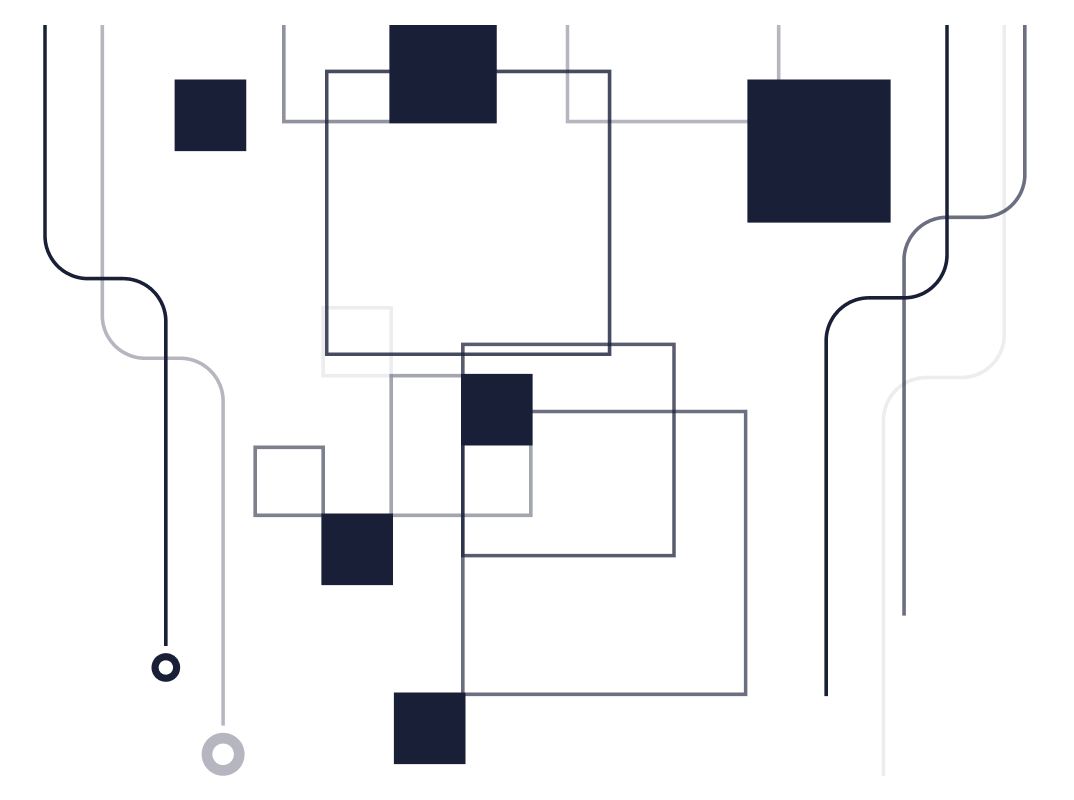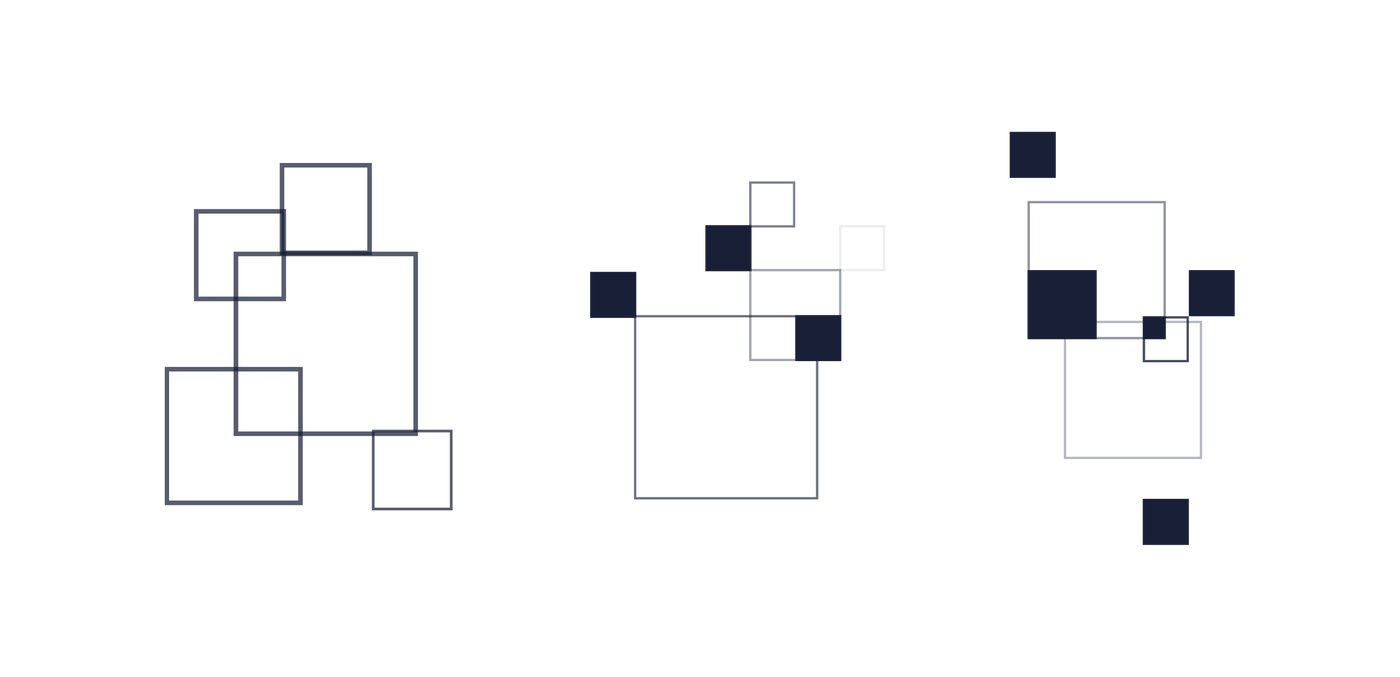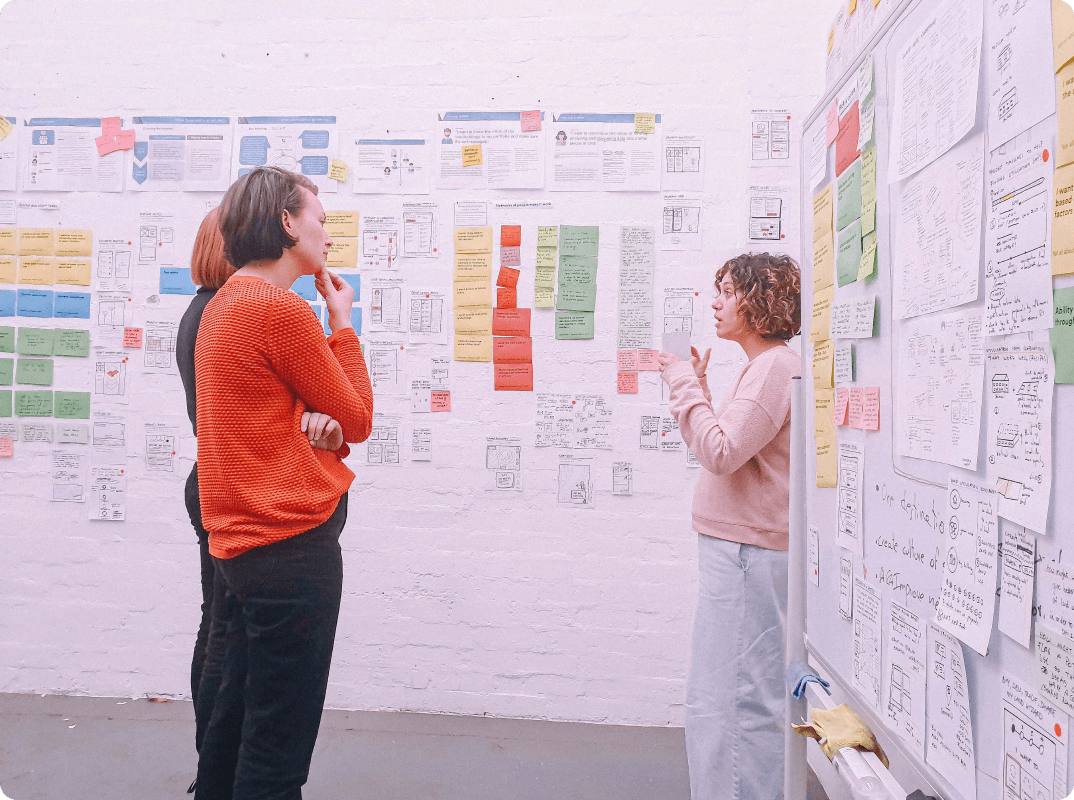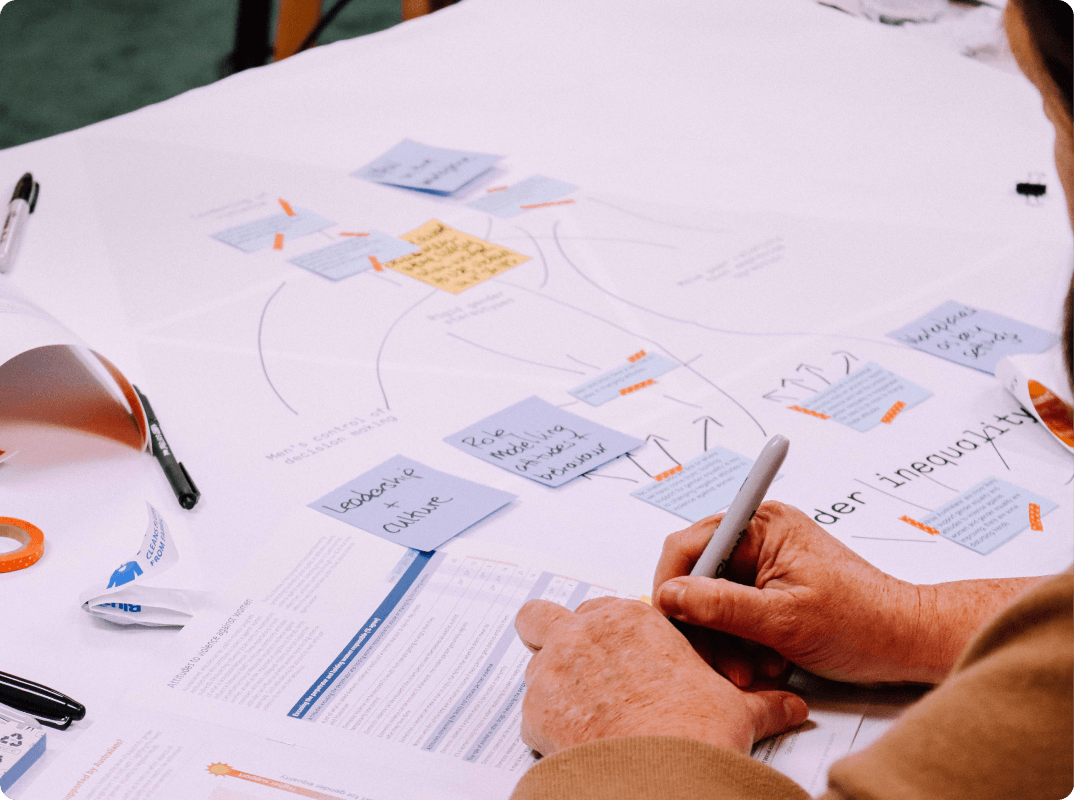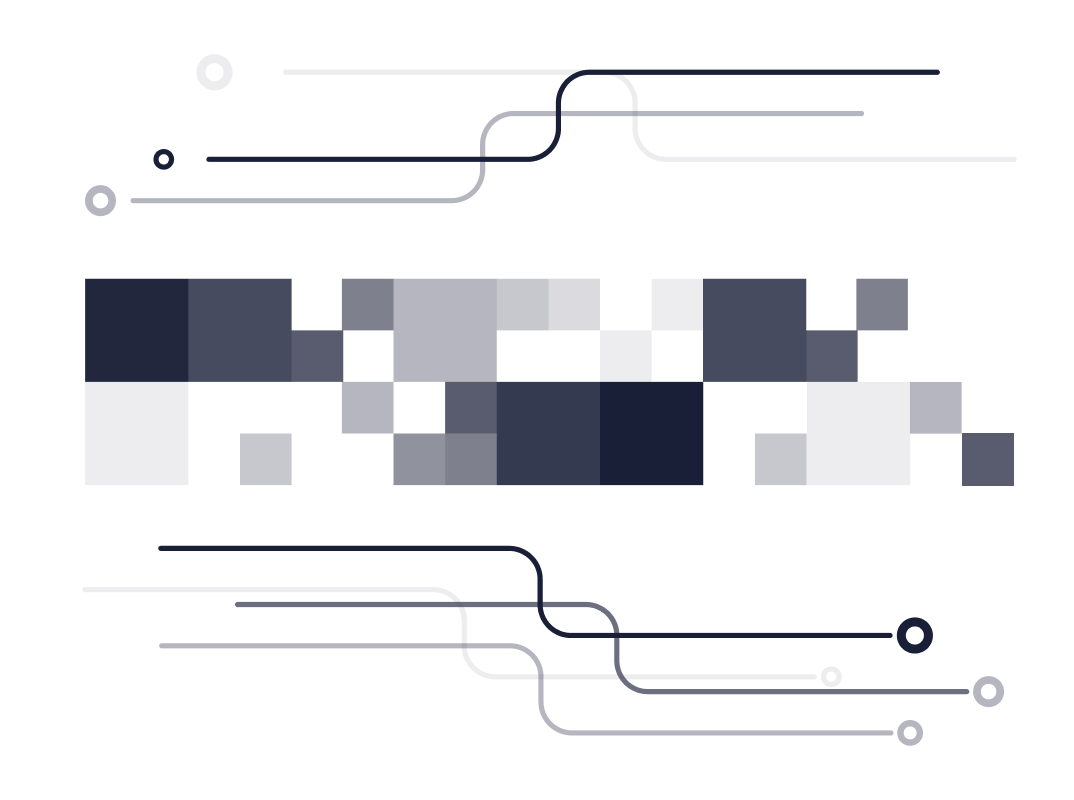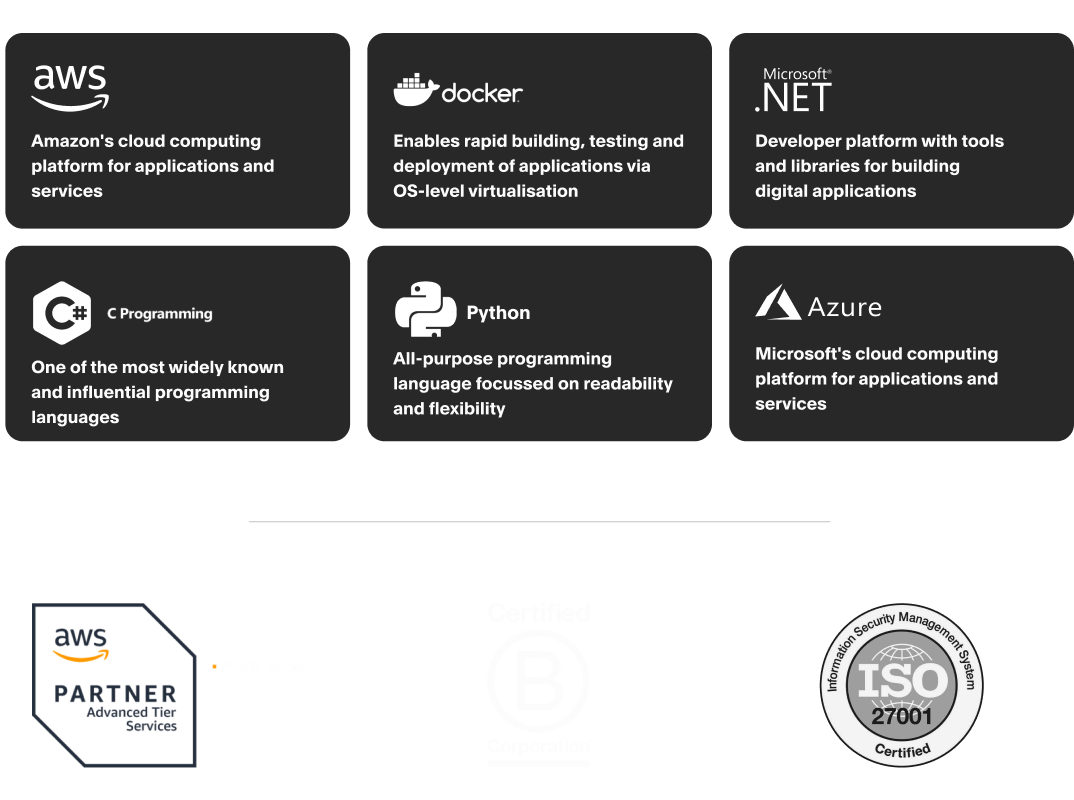Human Centred Design and UX Research
Our interdisciplinary team employs human-centred design methods to thoroughly understand and address the core problem. This process includes defining, designing, testing, and validating solution designs before launching the MVP digital product or online application and then releasing further enhancements over time.
Our approach involves:
- Deep diving into audience needs to prioritise features and functionality.
- Co-designing, testing, iterating, and validating outputs such as user flows, wireframes, UI concepts, and clickable prototypes to ensure that the final output is user-friendly and intuitive to use.
- Involving client stakeholders to align user needs with business objectives.
Defining a Product Roadmap
Our product roadmaps are strategic plans that outline a product's vision, direction, priorities, and progress over time, from the initial MVP launch onwards. They are essential tools for communicating with stakeholders and aligning our team's efforts with long-term business goals, ensuring that effort is always being prioritised on what will result in the most impactful and meaningful end-user experience. This process includes:
- Requirements Gathering: We meticulously collect and analyse requirements to ensure that every aspect of the client's needs is understood and addressed.
- Feature Definition and Prioritisation: Our team collaborates with client stakeholders to complete feasibility, viability and desirability assessments of features and functionality to create a clear, effective development path for MVP and beyond.
- Product Roadmap Creation: Any features and functionality not prioritised for the initial launch at the MVP stage are added to a product roadmap to inform future rounds of product releases and enhancements.
Technical Solution Design
Our technical solution design approach is thorough and collaborative, led by our skilled Technical Business Analysts, Digital Producers, and Technology Leads:
- Applying the Product Mindset to Solution Design: We work to blend insights from UX research with the specific technological environment and preferences of each organisation we work with.
- Technical Documentation: The outcome is well-considered technical documentation, clearly defined functional and non-functional requirements, and strong technical solution architecture frameworks that guide our development process.
- Technical Stack: We carefully select the most appropriate languages and frameworks for each project, including Javascript front-end frameworks (Typescript, React, Vue, Angular), PHP, Python, Laravel, NodeJS, .Net, C#, AWS, Azure and a variety of CMS platforms.
Accessible and Responsive User Interface Design
Our Experience Designers, Content Strategists, Design Strategists and UX Researchers, collaborating closely with our Developers, work across all of our user interface (UI) design, user testing, accessible design, branding and visual identity. This team is guided throughout the design process by Portable’s Design Principles and the Experience Design team’s own quality and value pillars:
- Collaborative and continually improved: We ensure that we work collaboratively and continue to push and improve our practice through iterative user testing and refinement ensuring that the user needs are placed at the centre.
- Best practice: Our design work balances form and function and is underpinned by universal best practice design principles and theories including Australian Government Digital Service Standards.
- Inclusive: We ensure that our designs are accessible and inclusive for everyone, ensuring that the front-end experiences we create are compliant with WCAG accessibility standards.
- Ethical: Our work and our practice follow our ethics charter and aim to never bring harm to people who work with us or who use our products.
Development and Environment Setup - AWS, Azure or On-premise
Our team of over 20 on-shore Full Stack Developers excel at crafting responsive, cross-browser and cross-device digital products and applications that adhere to the highest standards of accessibility and security. Prior to release, all code goes through a rigorous Quality Assurance testing regime including feature testing and regression tests.
We provide hosting and infrastructure services as part of our core offering and have extensive knowledge in version control (Git), automated building and test (CI) and automated deployment (CD).
Working across on-premise hosting, Amazon Web Services (AWS) and Azure, depending on client preferences and the technical solution design, we work to set up and manage scalable infrastructure that supports high availability and processing speeds.
